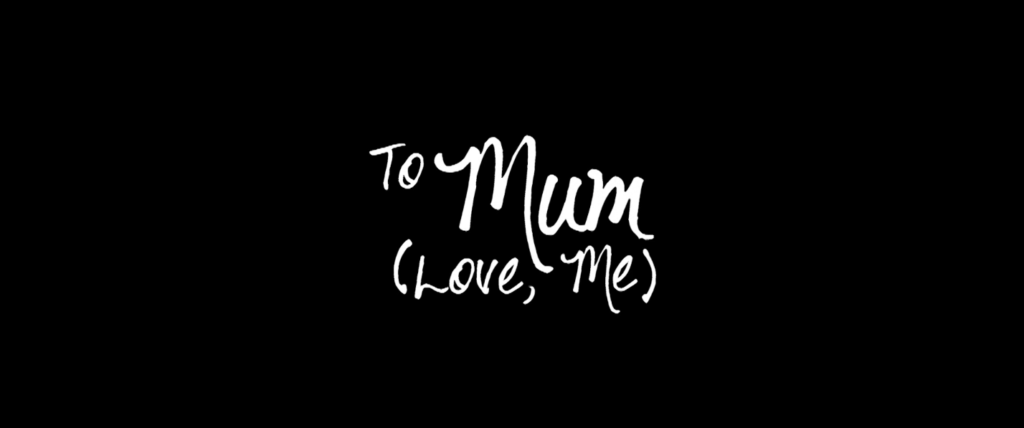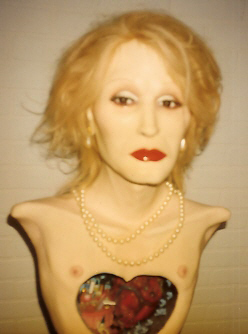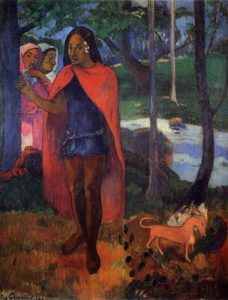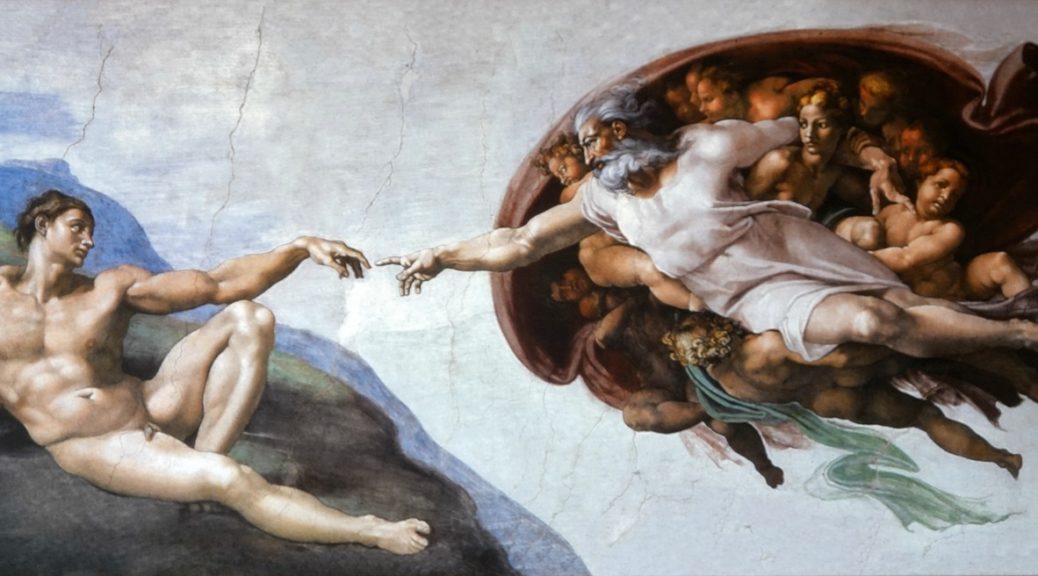
Creation of Adam — Sistine Ceiling (1508-1512)
Date & Location:
1508-1512 in the Sistine Chapel, Vatican City, Rome, Italy.
Artist:
Michelangelo Buonarroti
Media:
Fresco (paint applied to still-wet plaster, once dried it becomes integral to the wall)
Significance to Queer Art History:
Michelangelo has become iconic as a “gay man” with a place in the “Canon” of Art History. Renaissance Italy was a very homosocial culture for aristocratic men, and it was public knowledge that younger men (such as apprentices) often had intimate and sexual relationships with their mentors. Michelangelo was openly a part of this culture. Artistic expressions of his desire for other men have also survived for us to enjoy today. Especially, his poetry and drawings for Tommaso de’ Cavelieri have become famous for their passion. The kissing men in the Last Judgement in the Sistine Chapel are likewise relevant as representations of queer desire as well as Michelangelo’s concern for his soul.
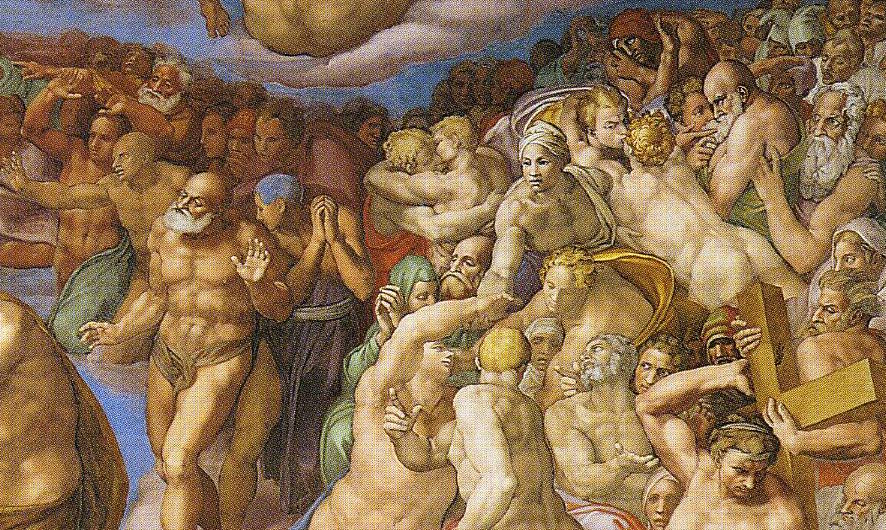
He is also an inspiration for contemporary queer artists in their own projects to reclaim and retell queer “art hirstories.” Elisabeth Ohlson Wallin is a Swedish photographer. Her work centres trans men and women, non-binary folx, lesbian and gay couples, and drag queens. She often centres them in scenes inspired by medieval and early modern renderings of biblical stories. One example, is her version of “The Creation of Adam” (“Creation”) from 2001. Her powerful reference to Michelangelo’s ceiling in the Sistine Chapel reclaims his work for contemporary queer audiences.

References:
William E. Wallace. Michelangelo. Cambridge: Cambridge University Press, 2010.
